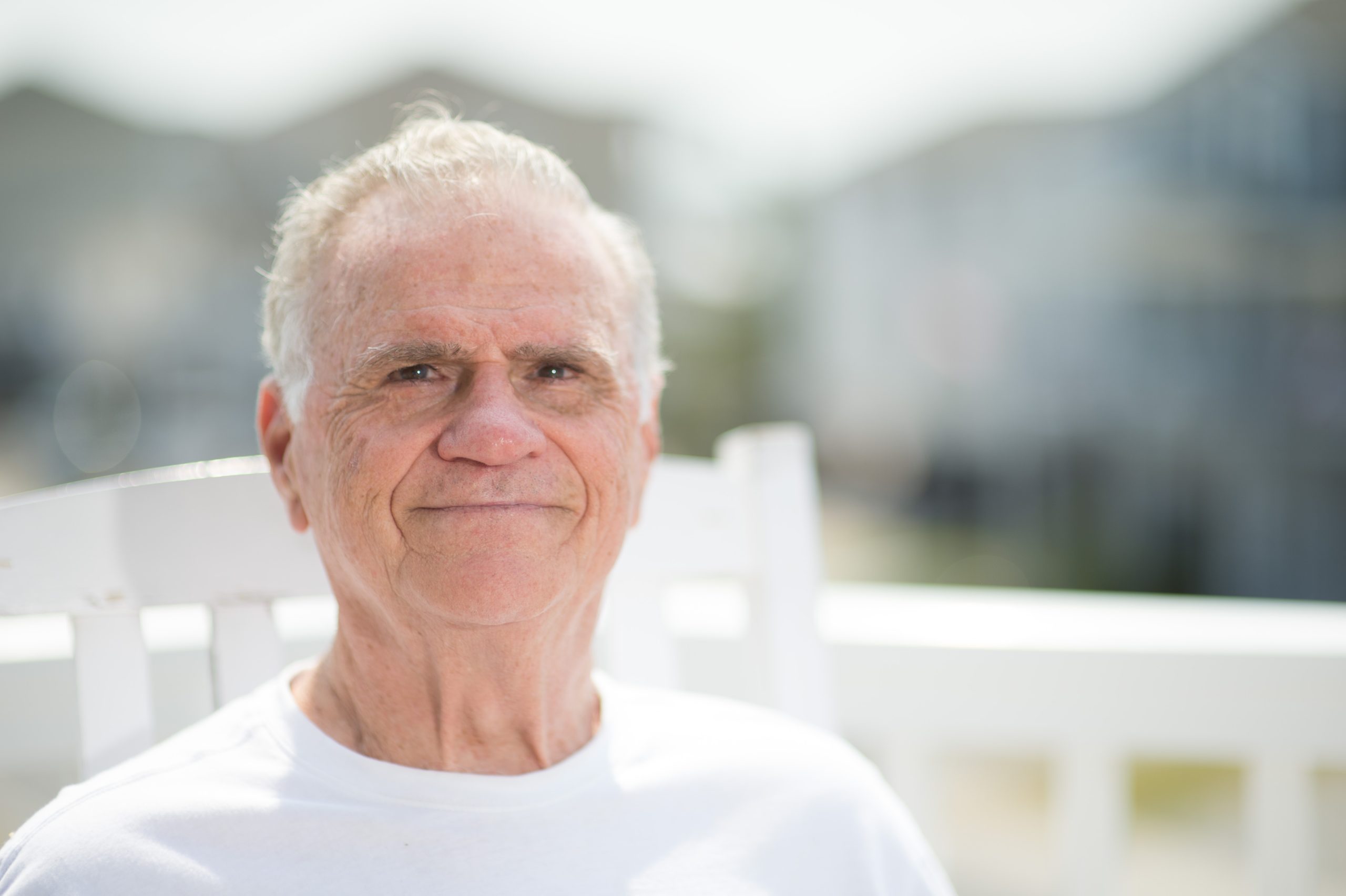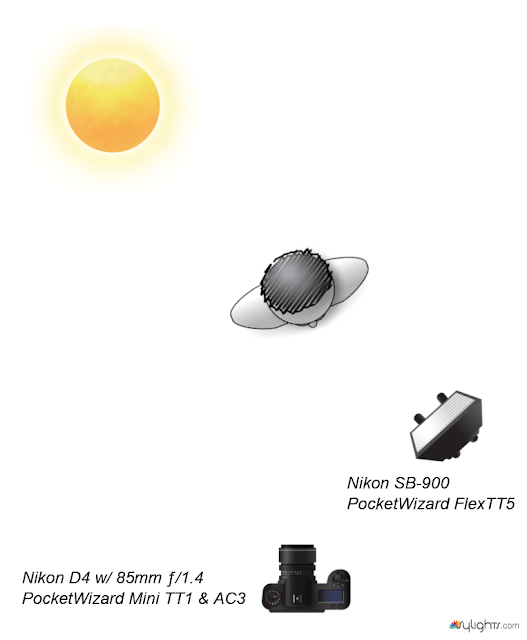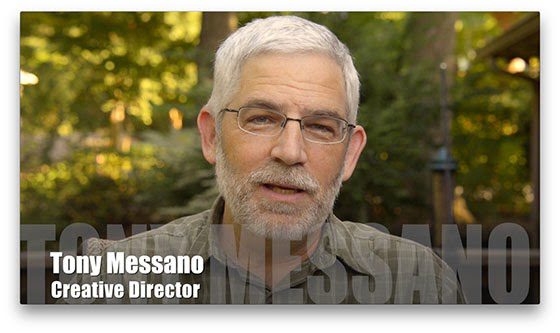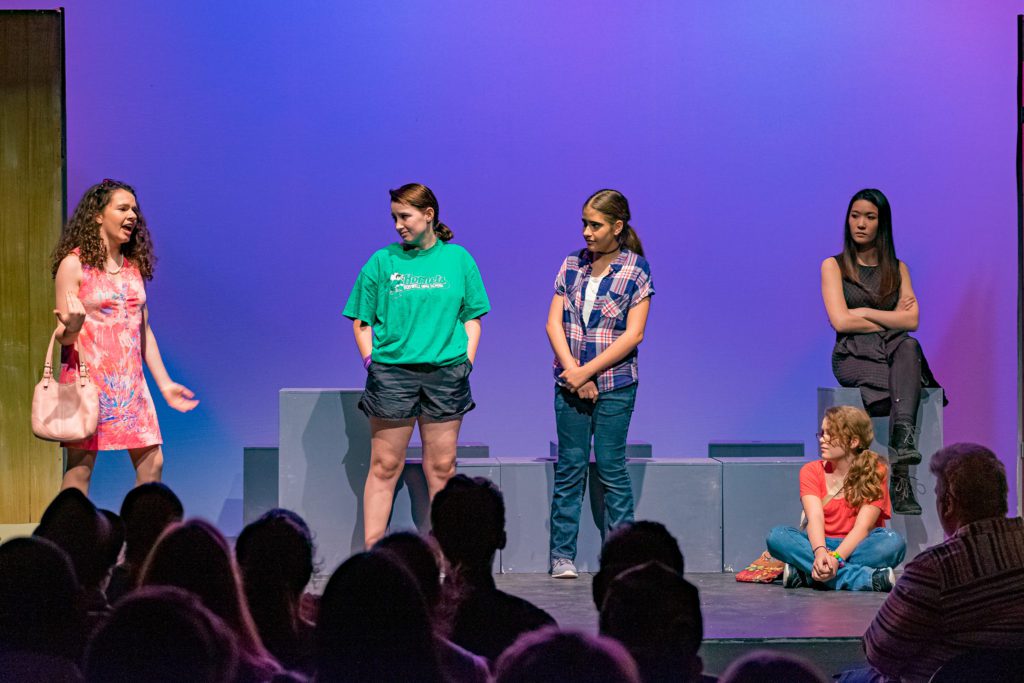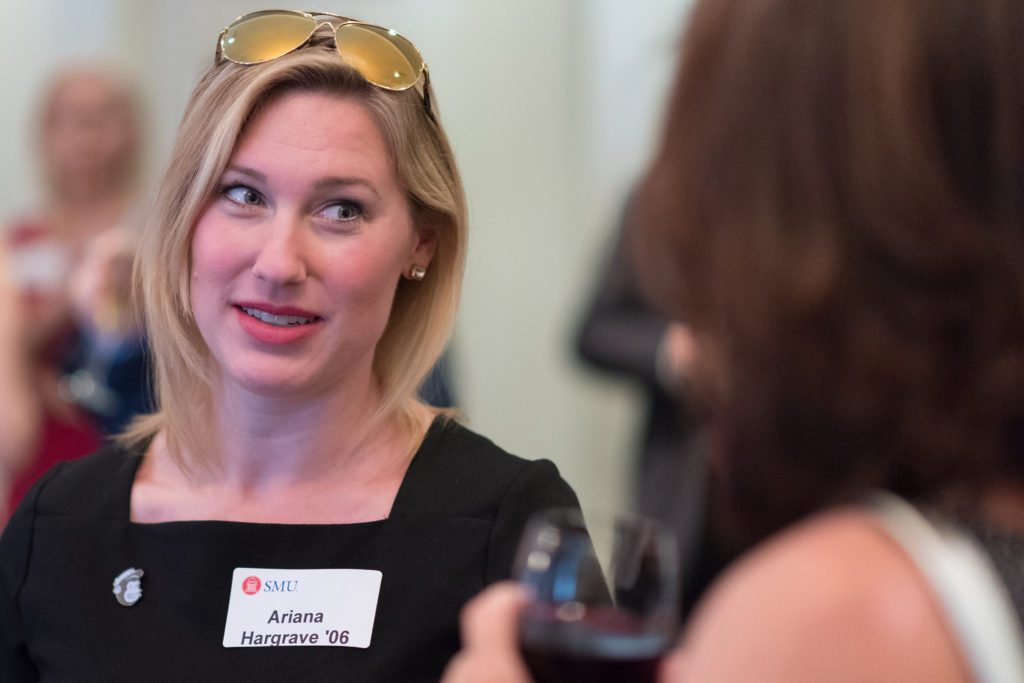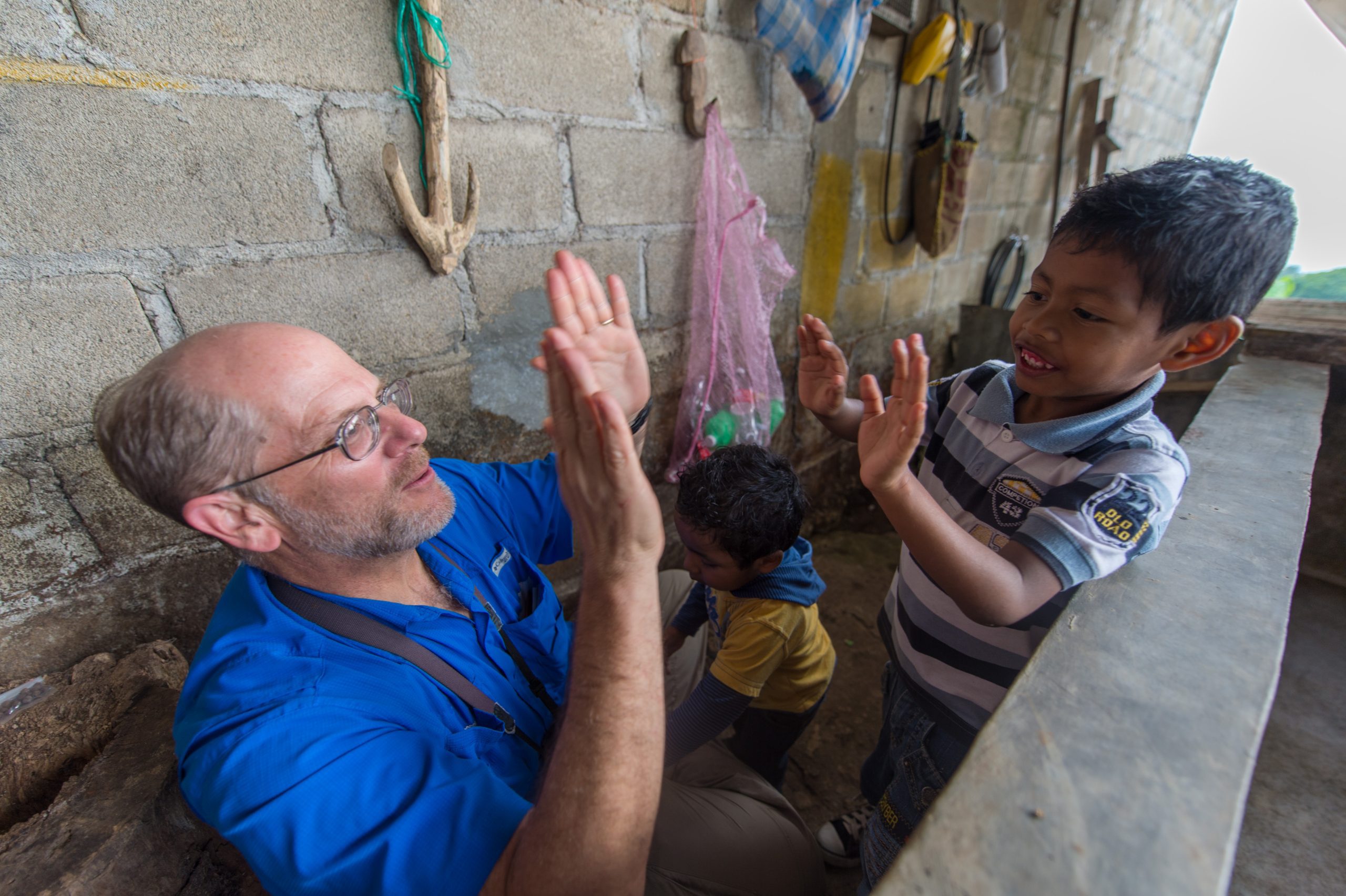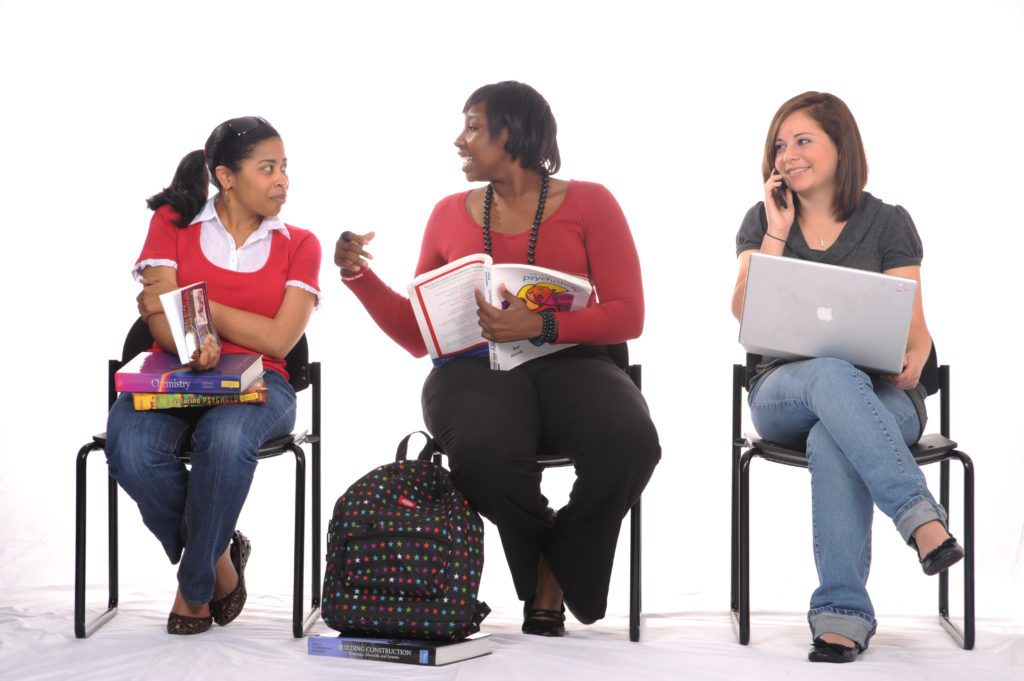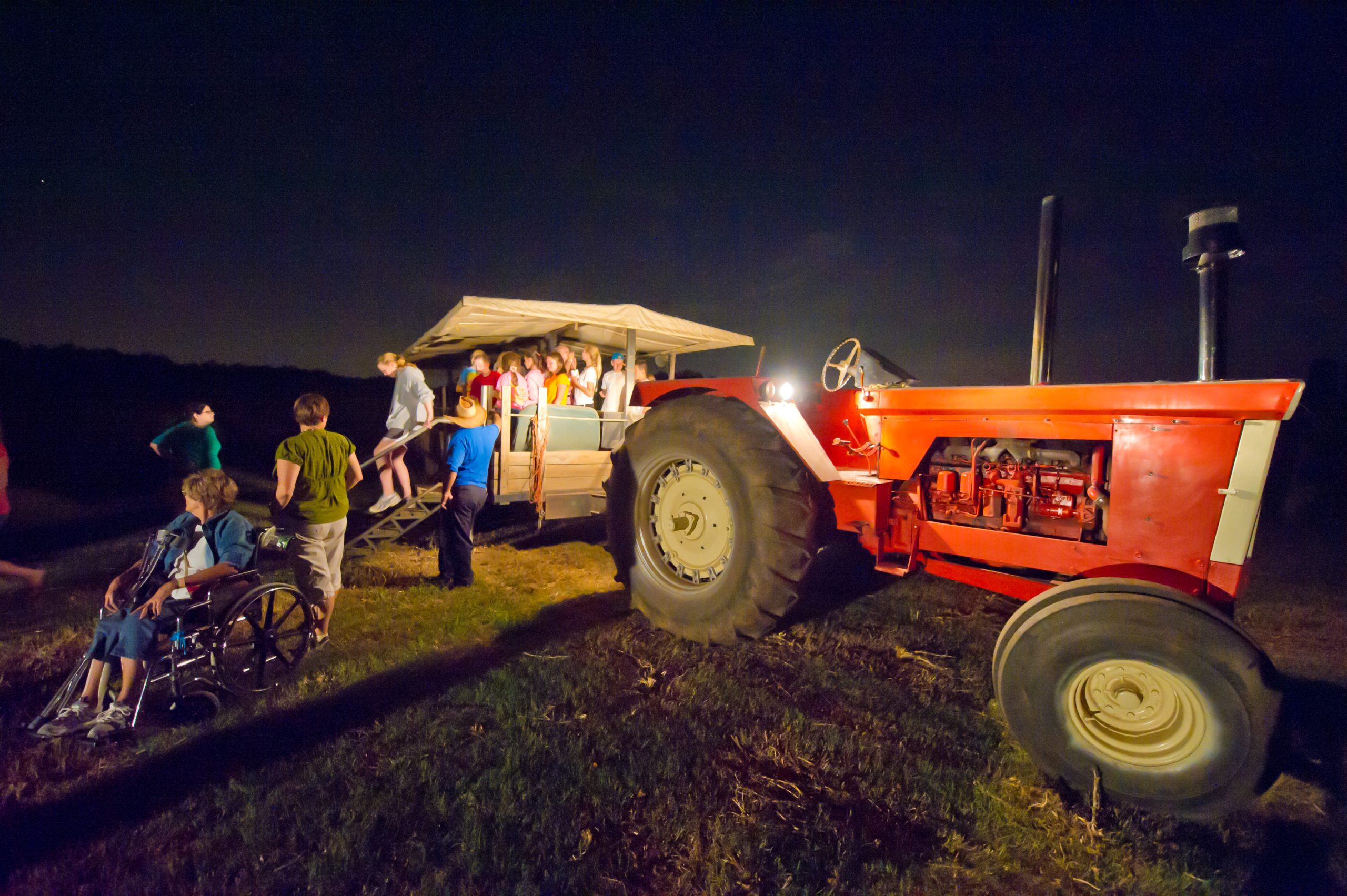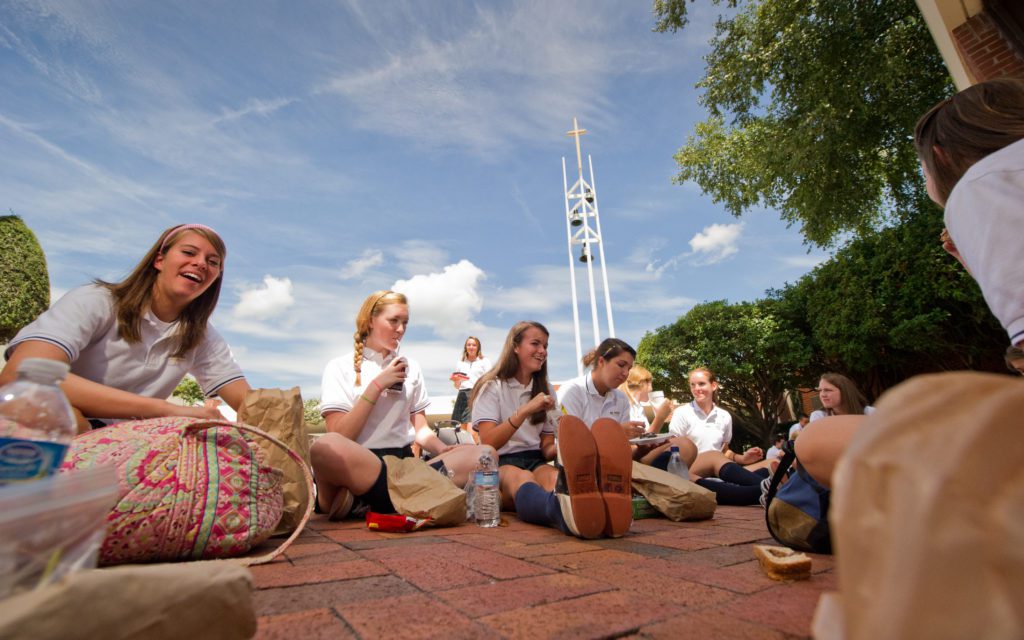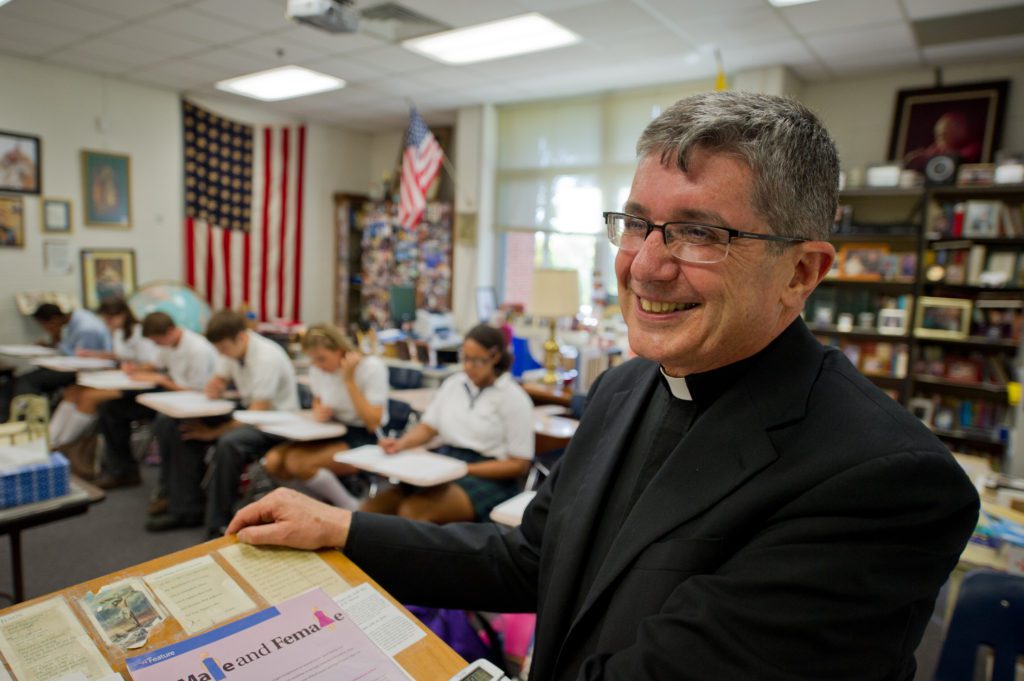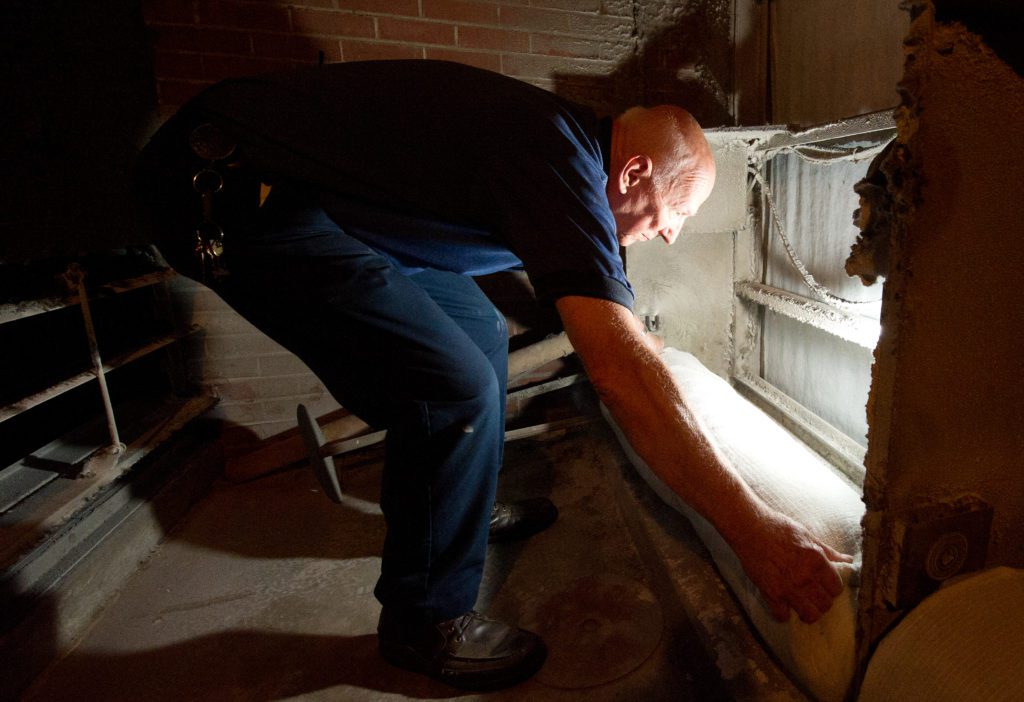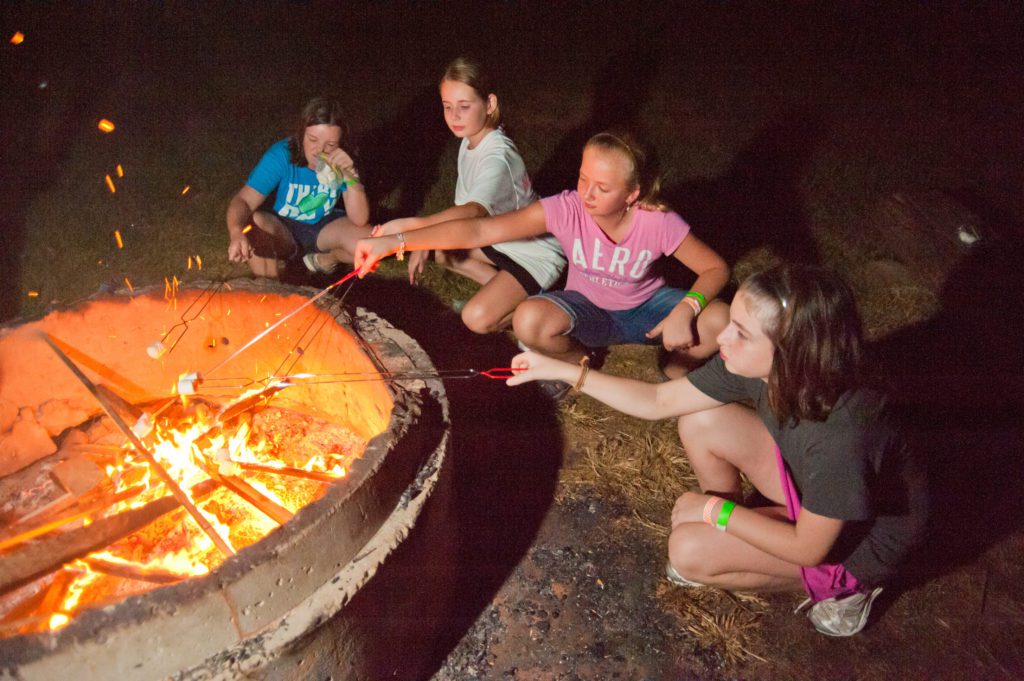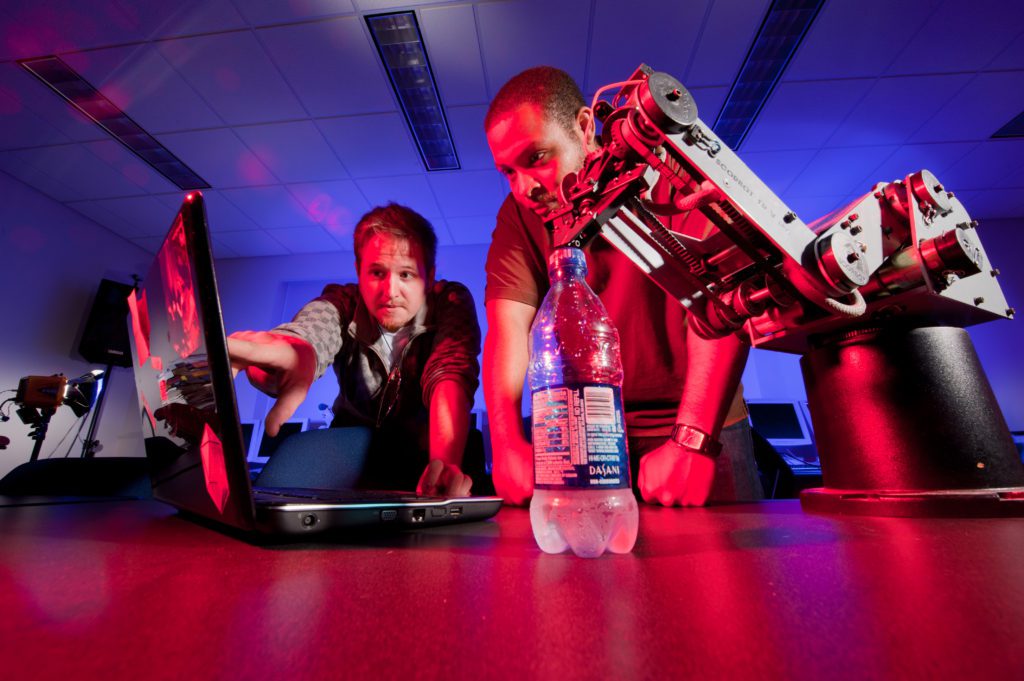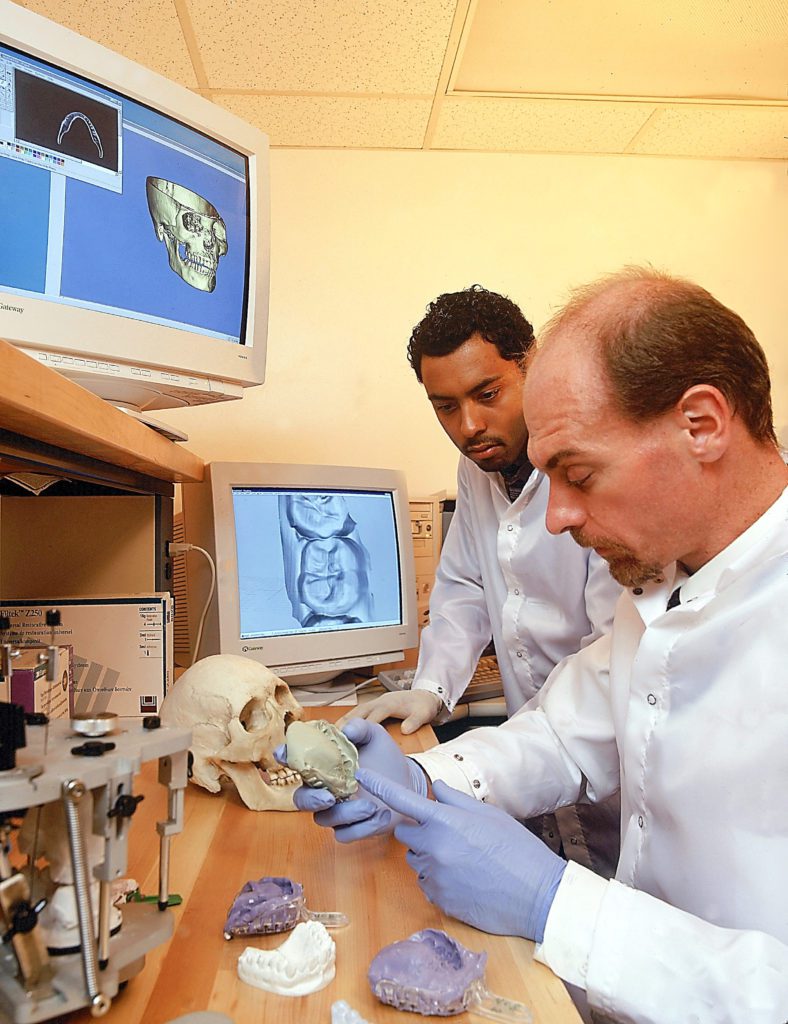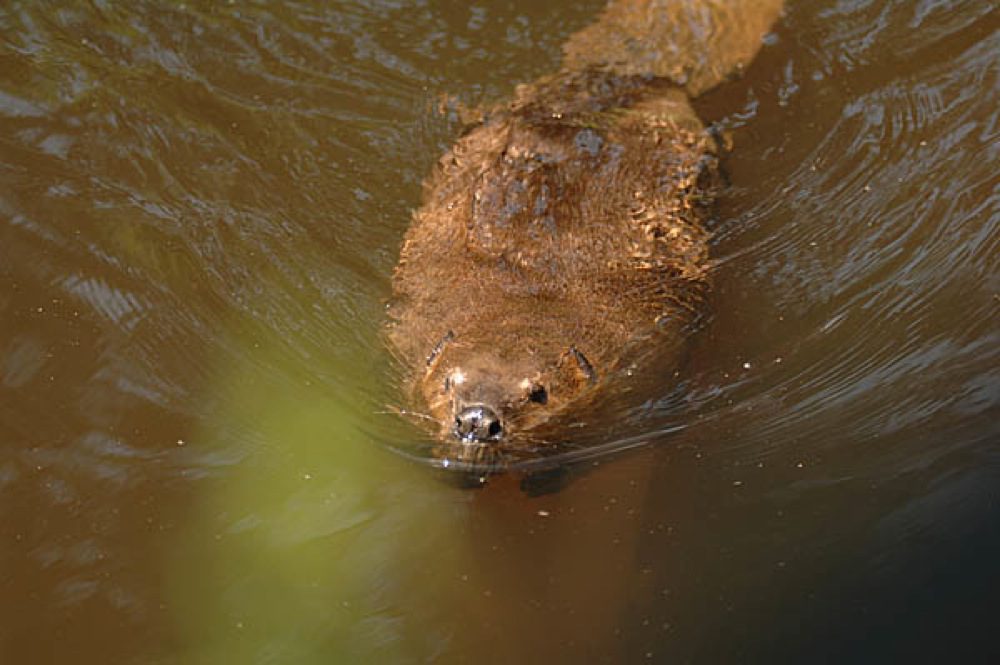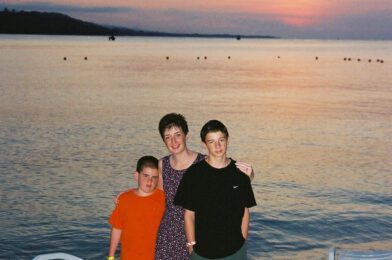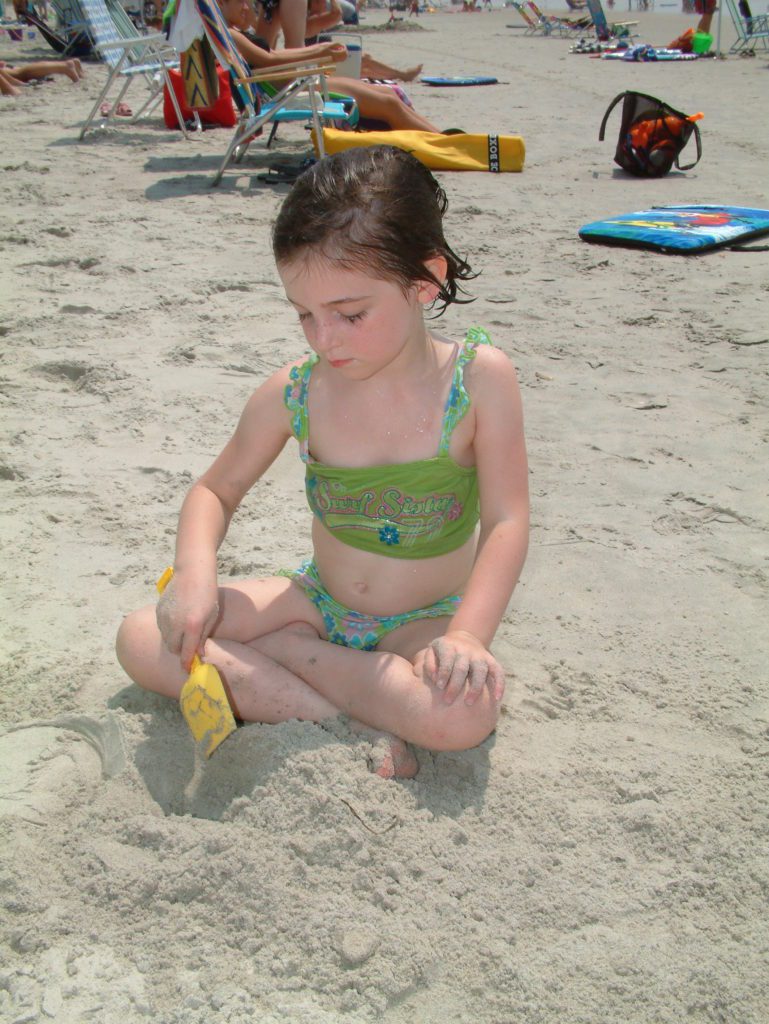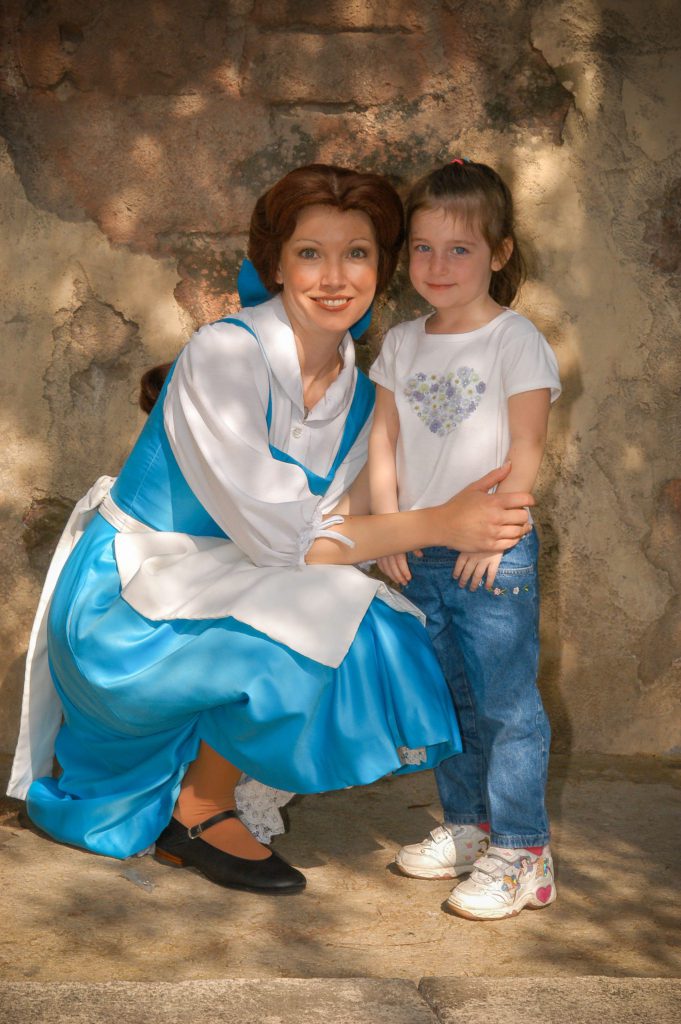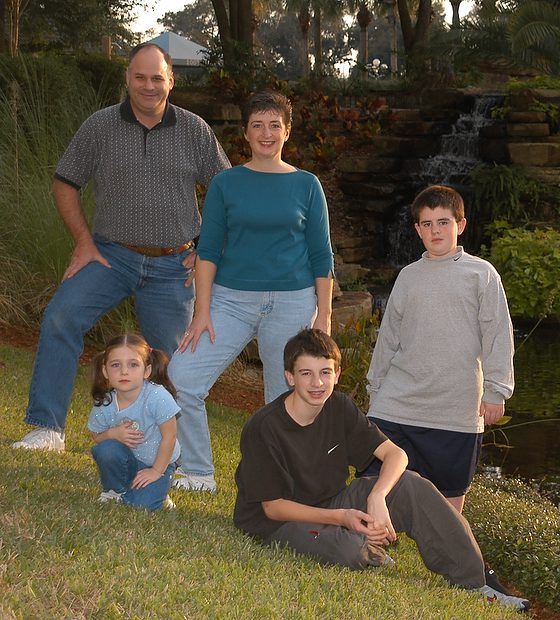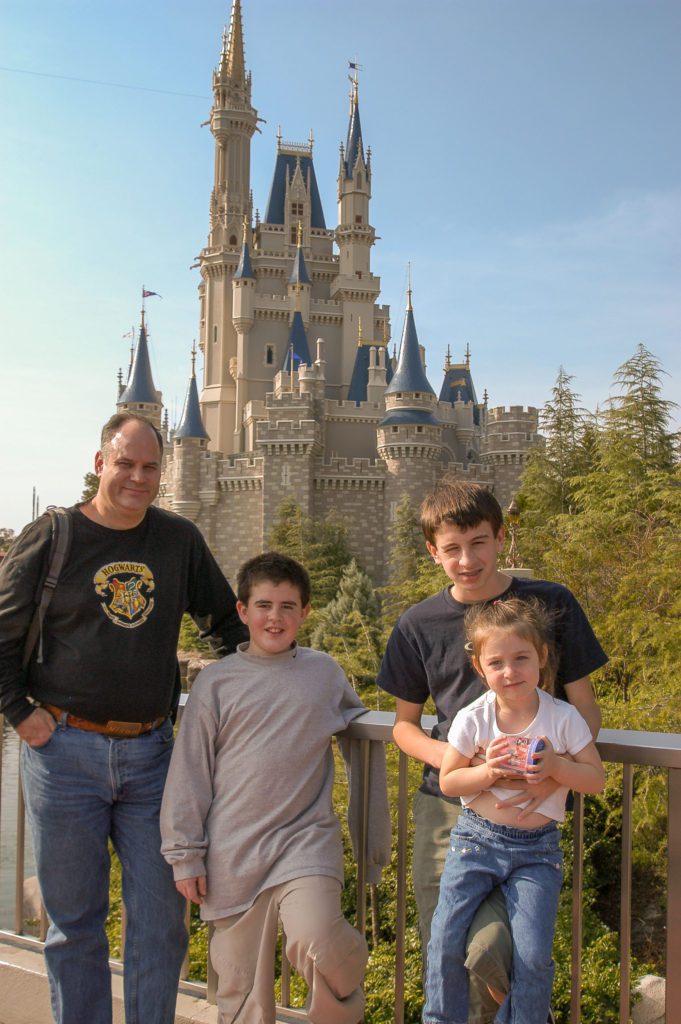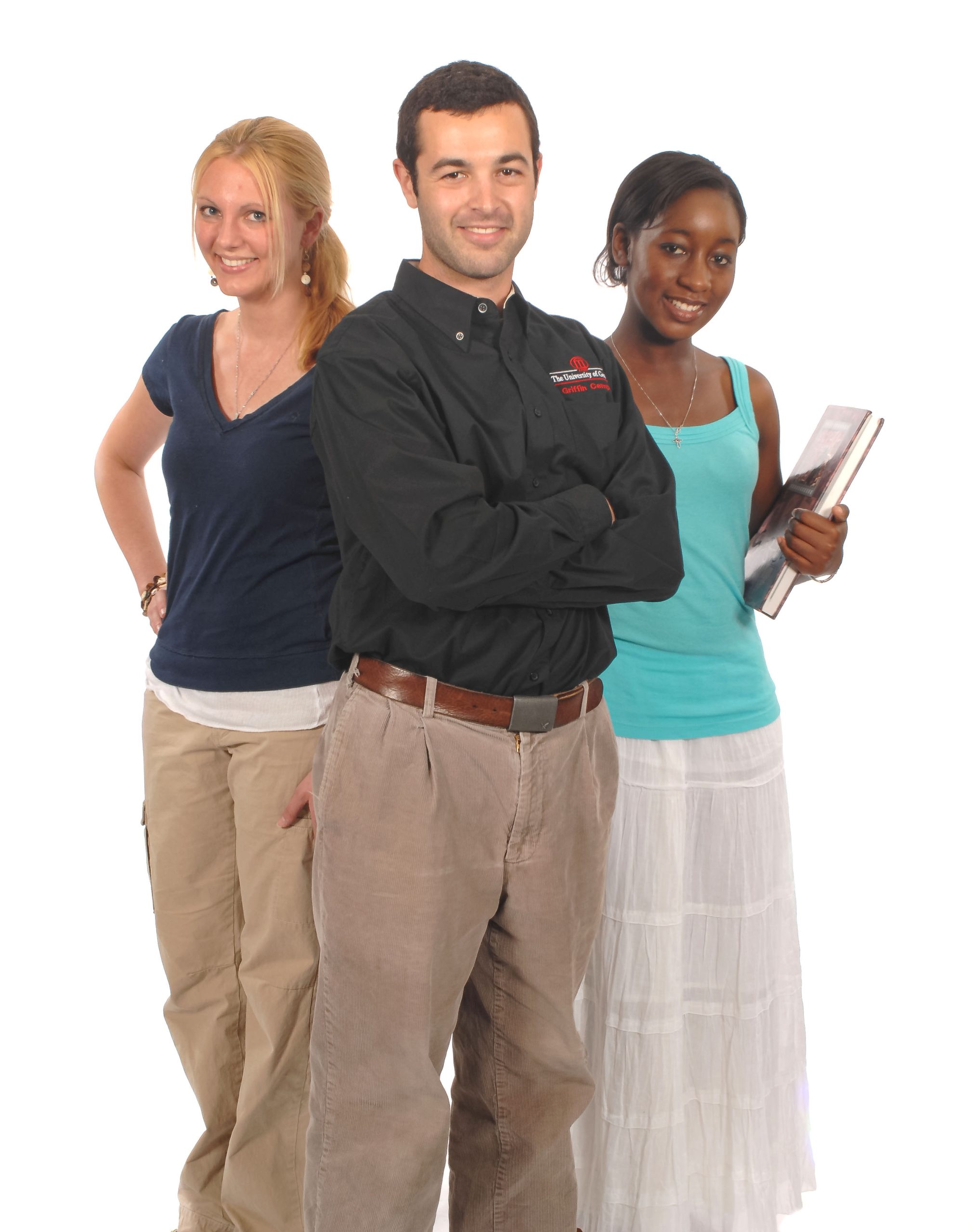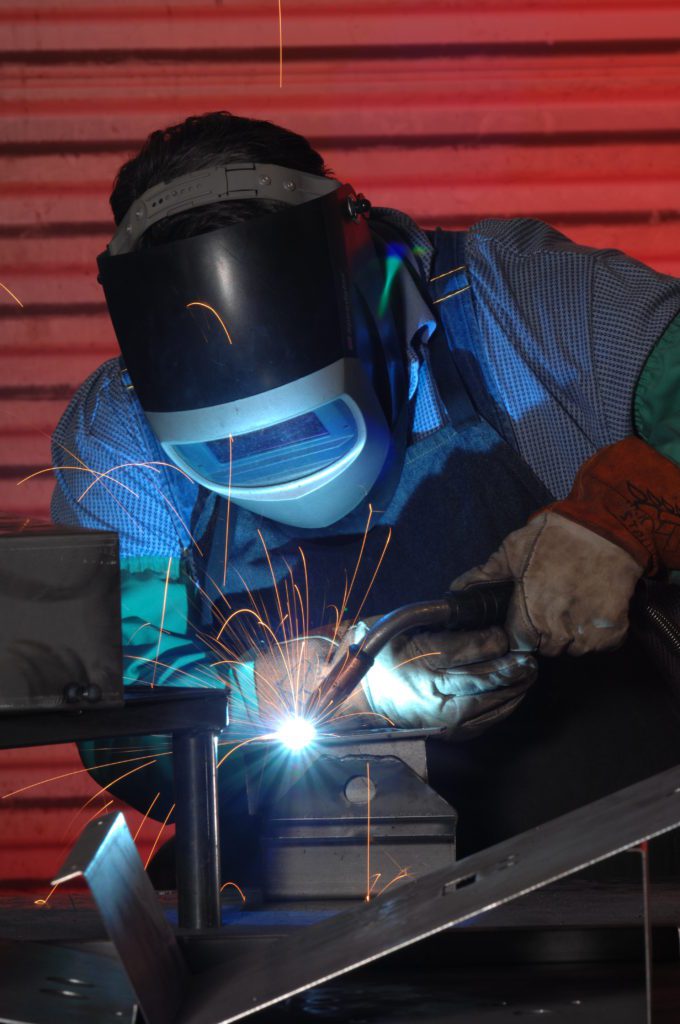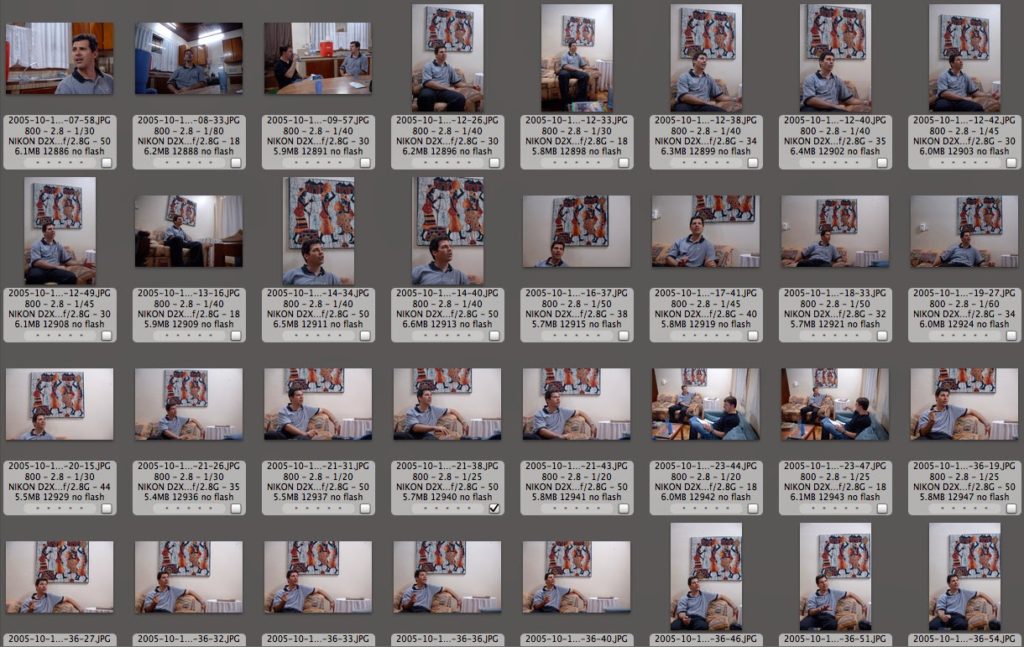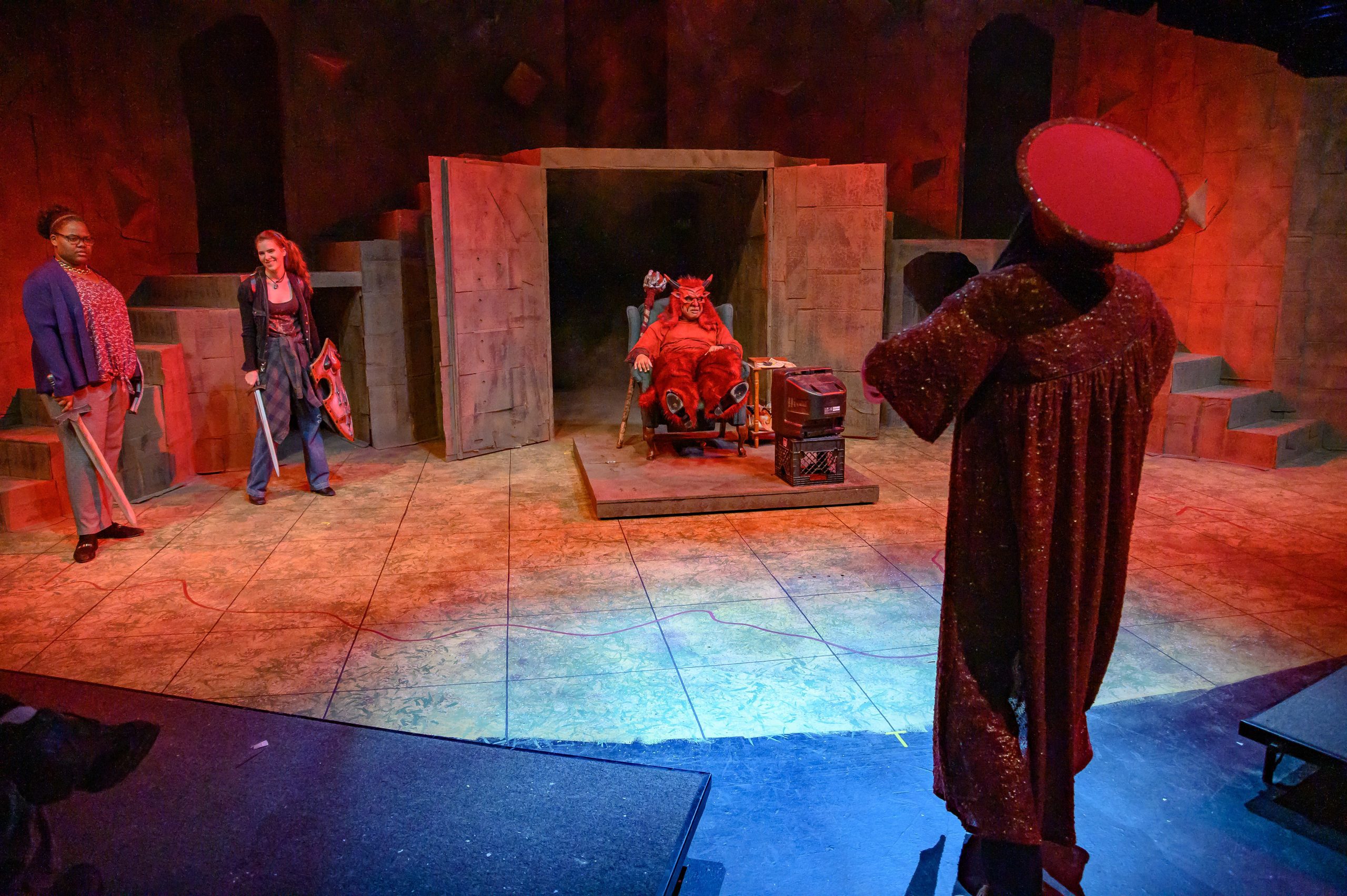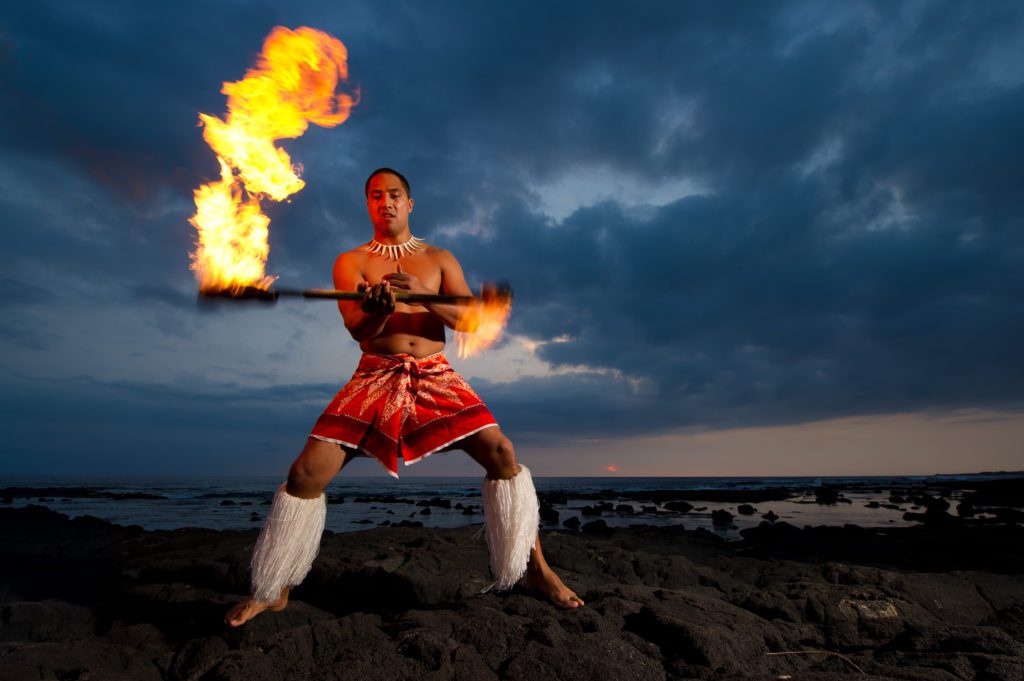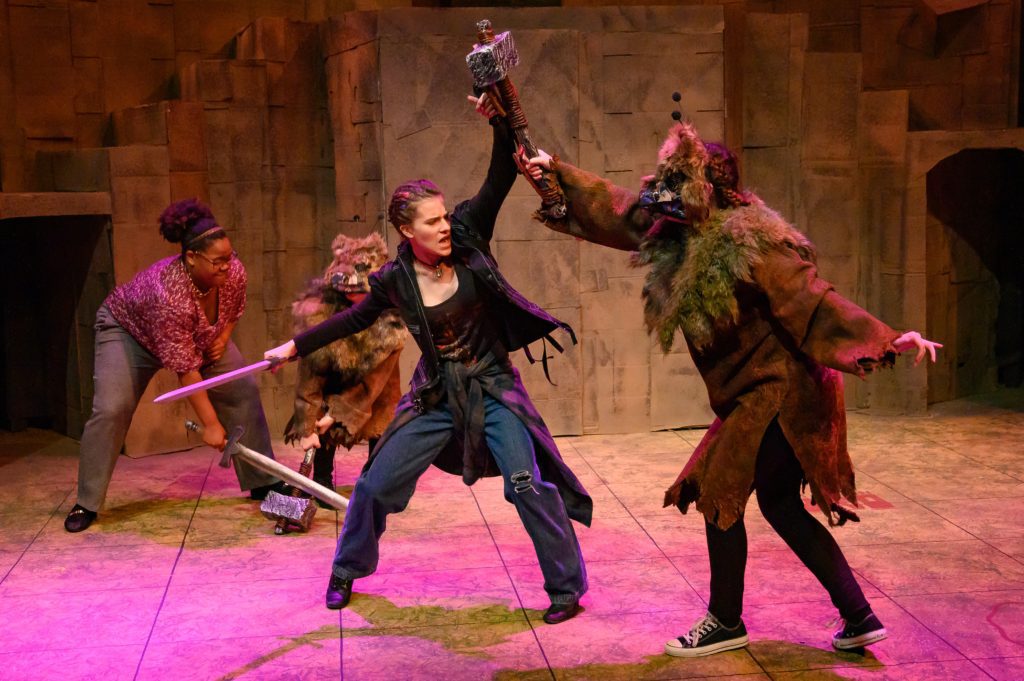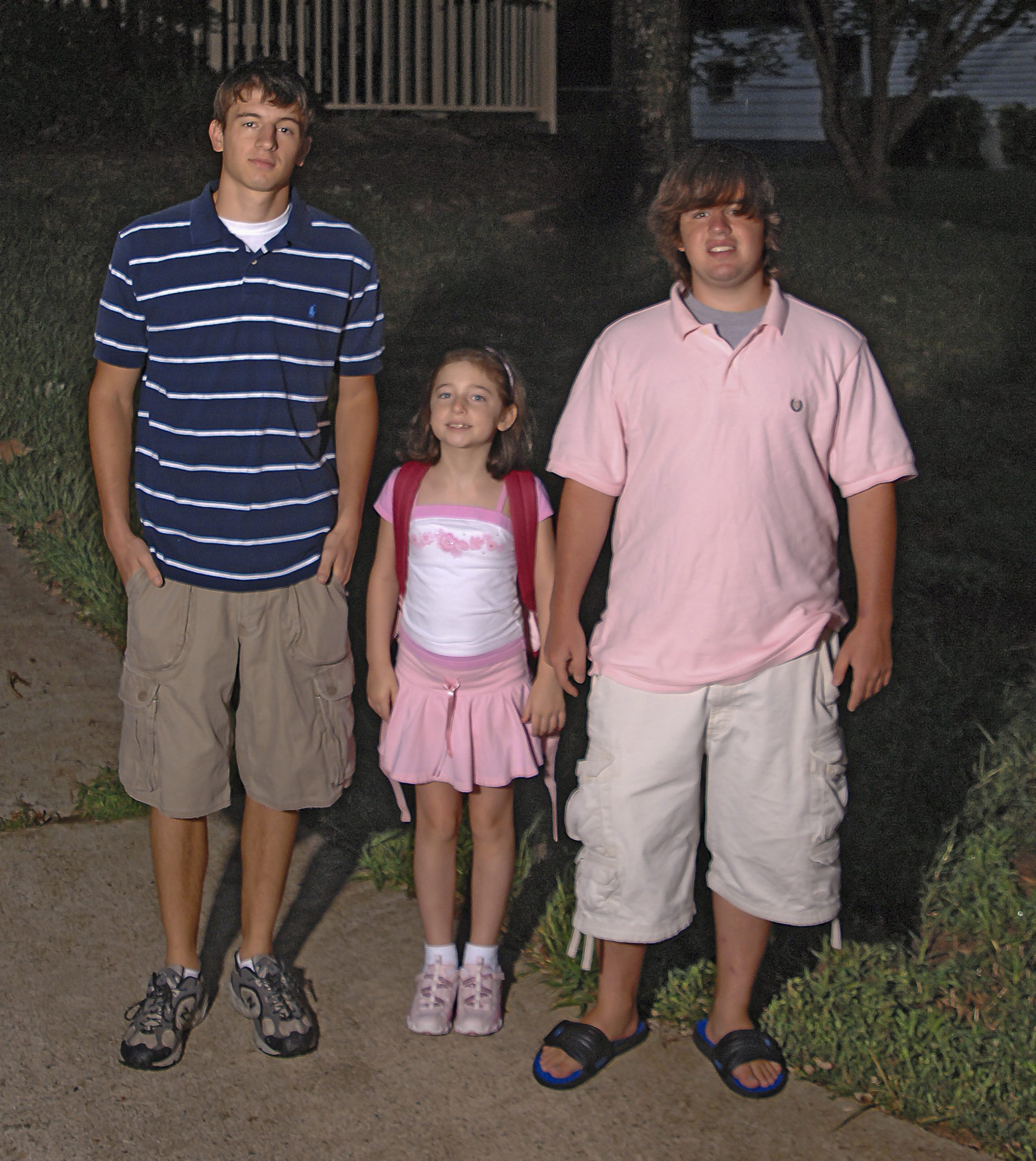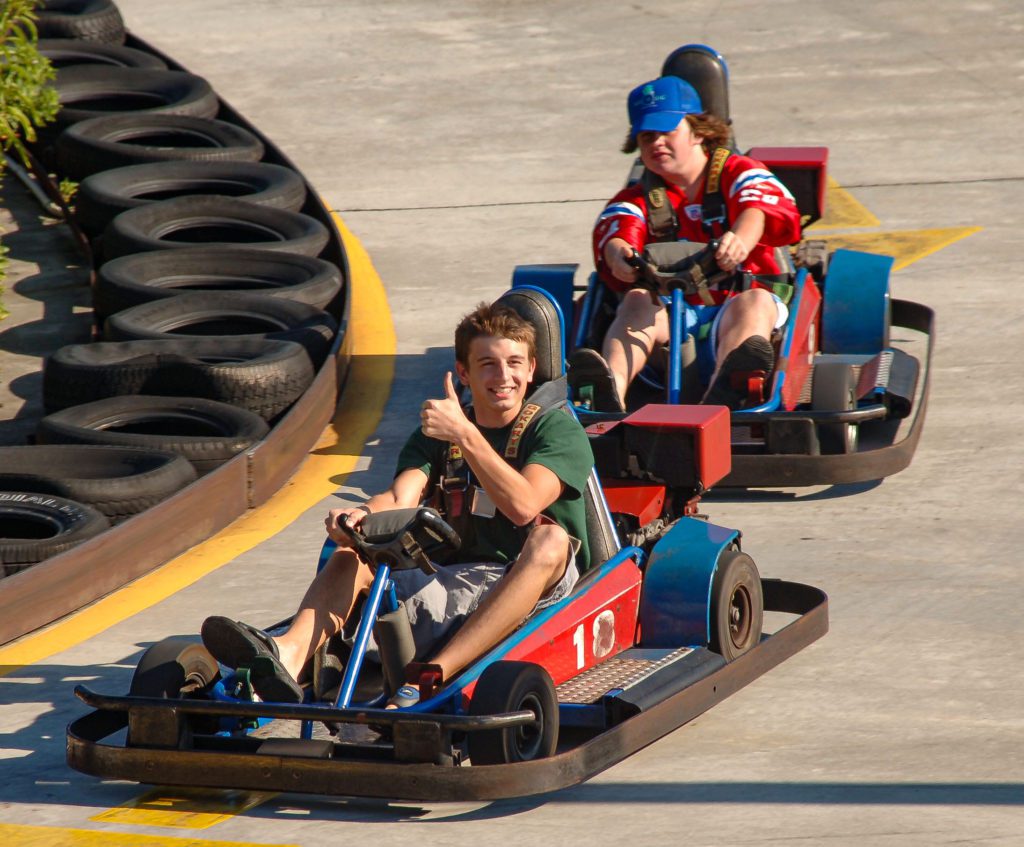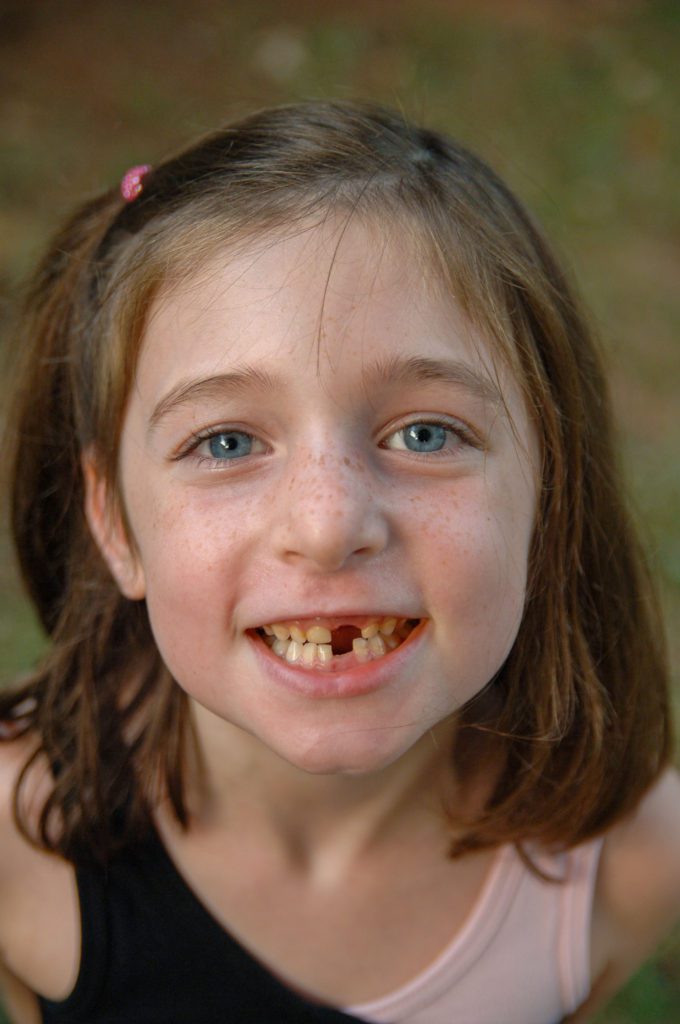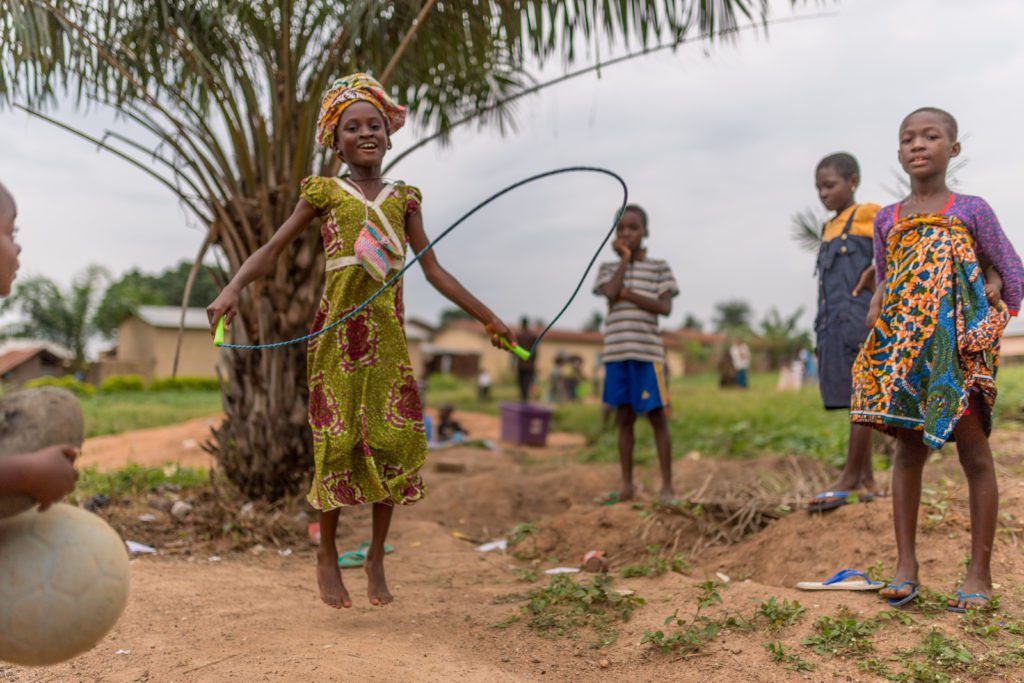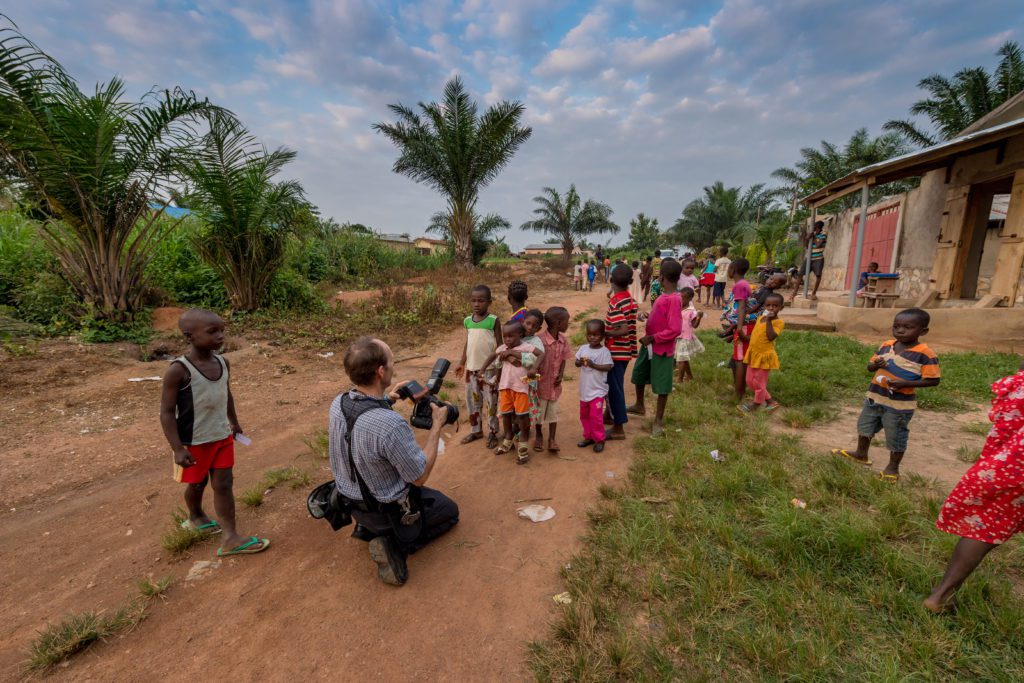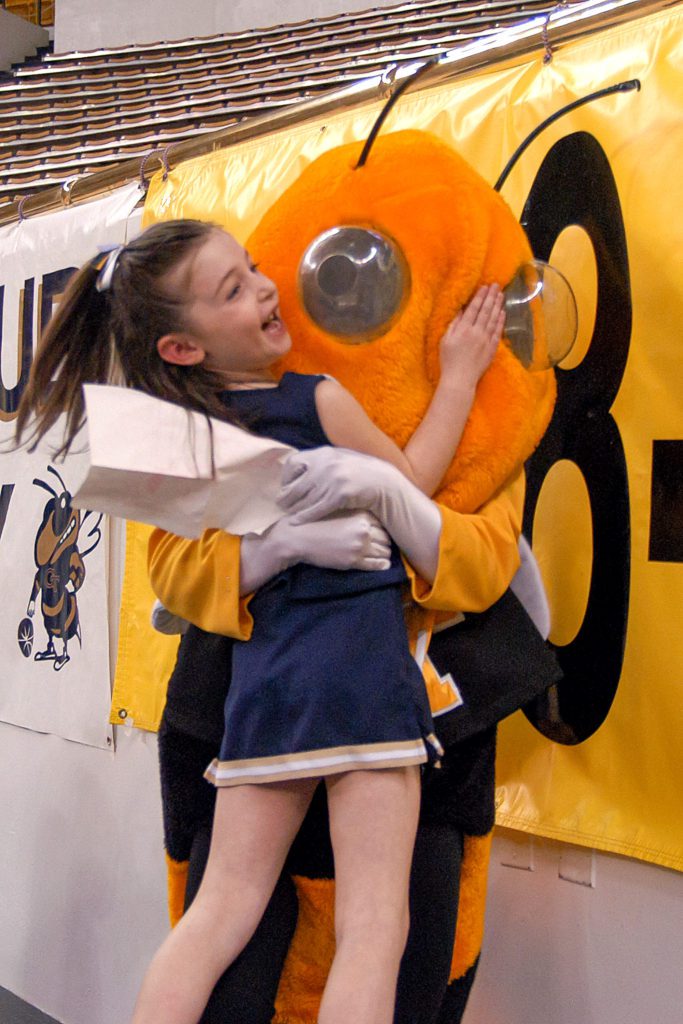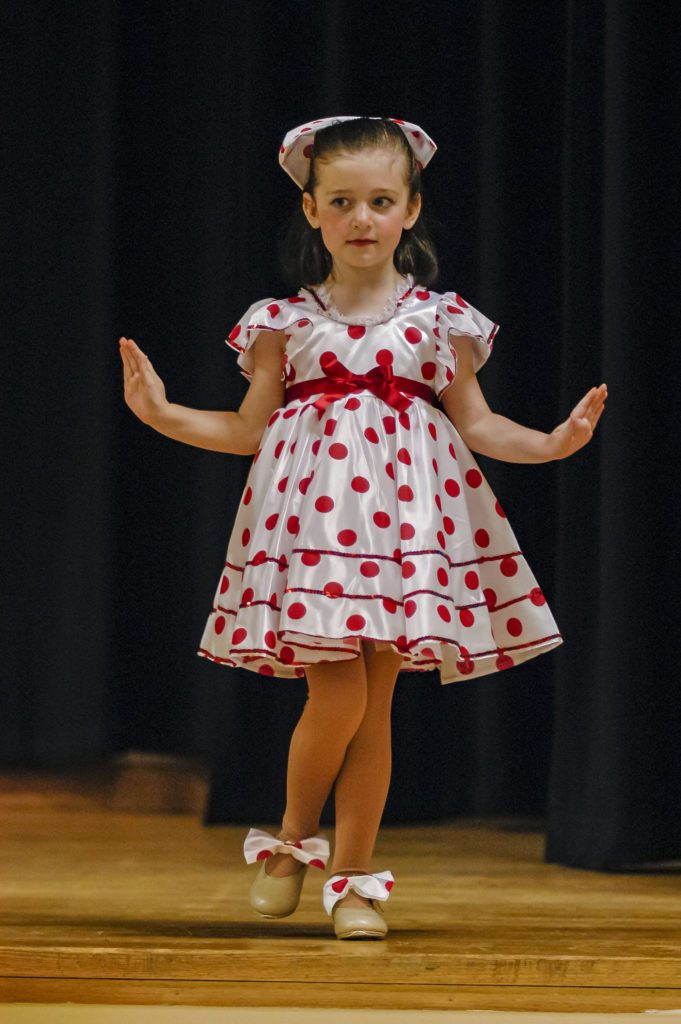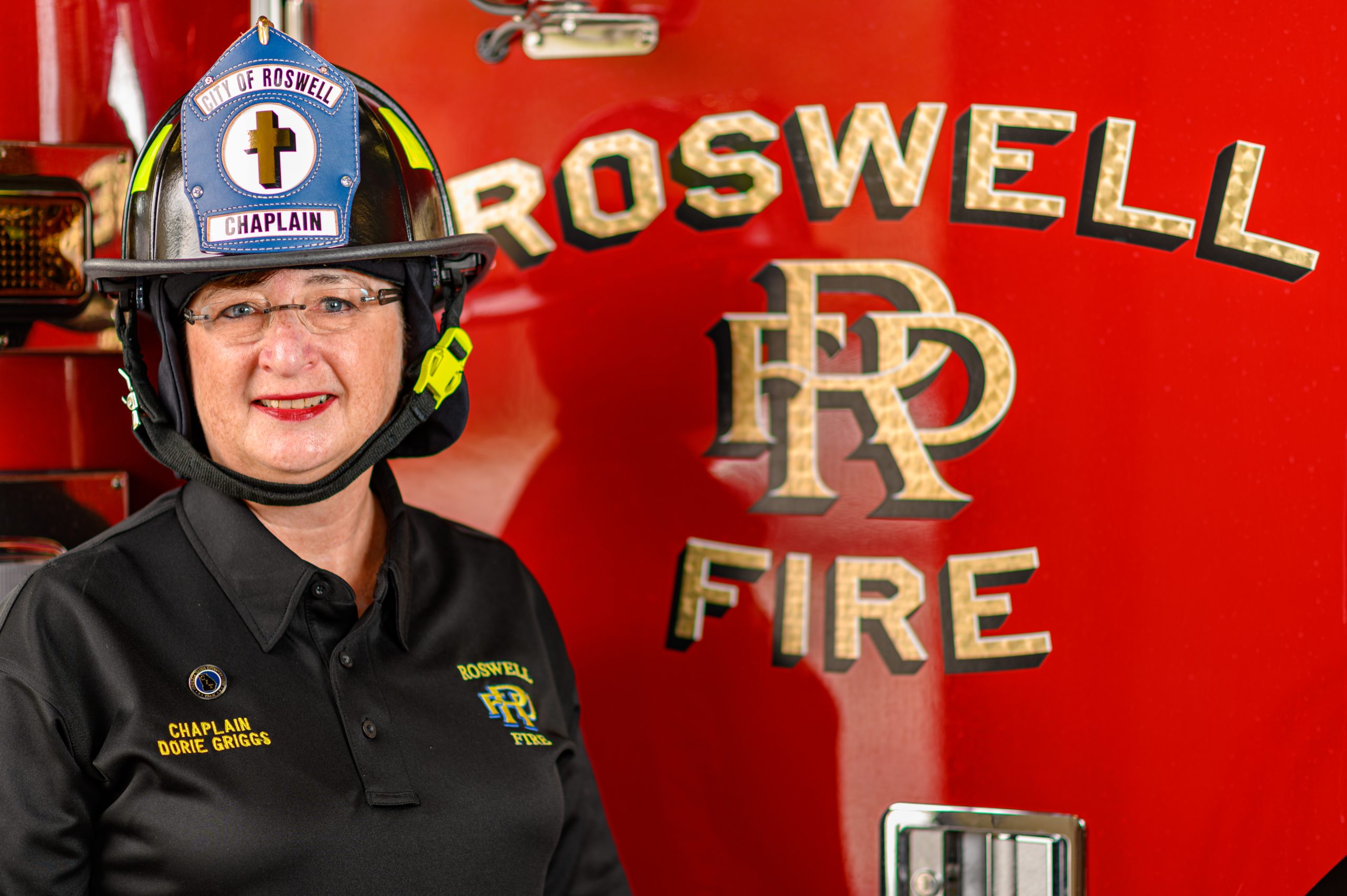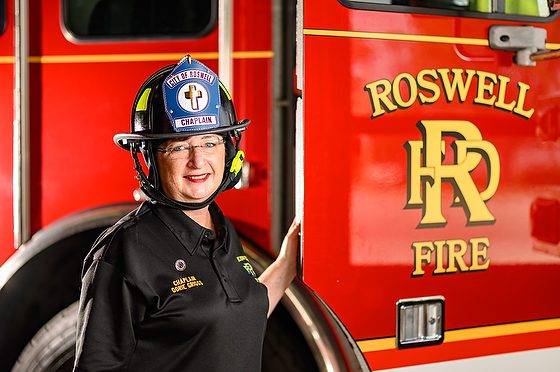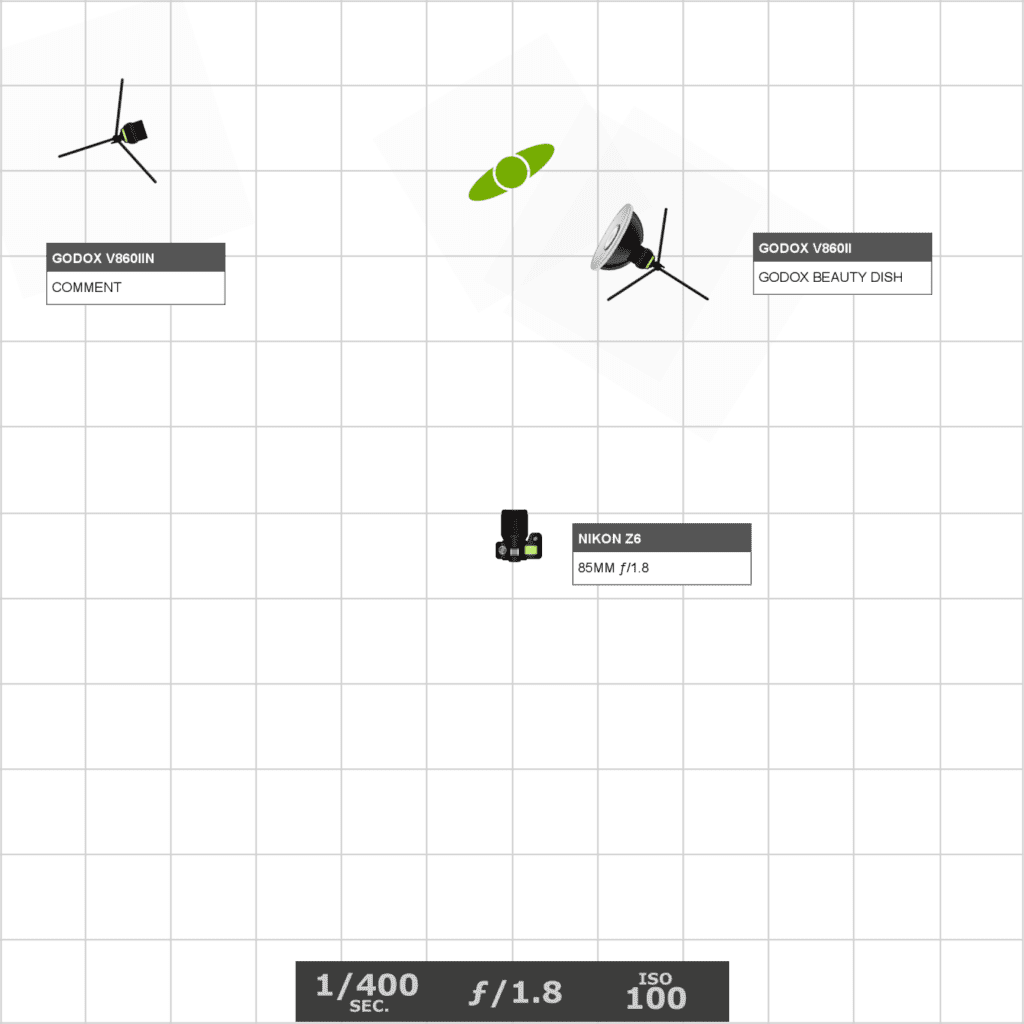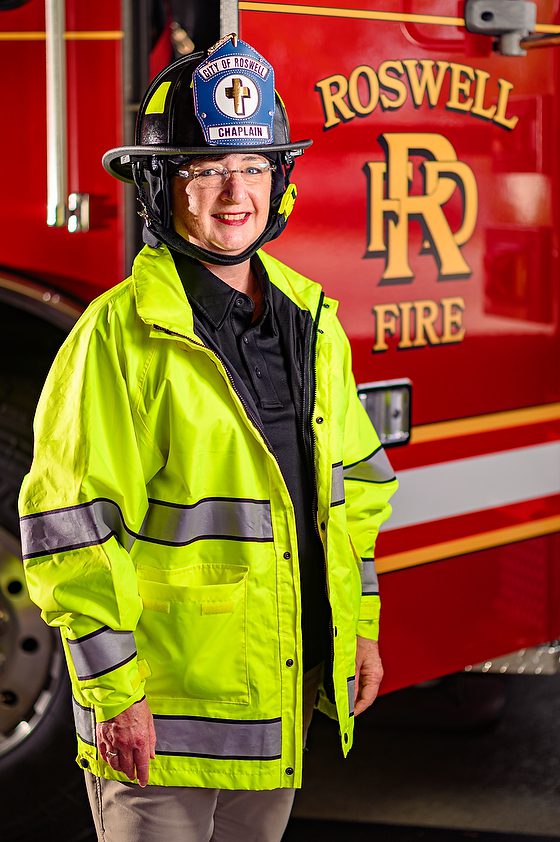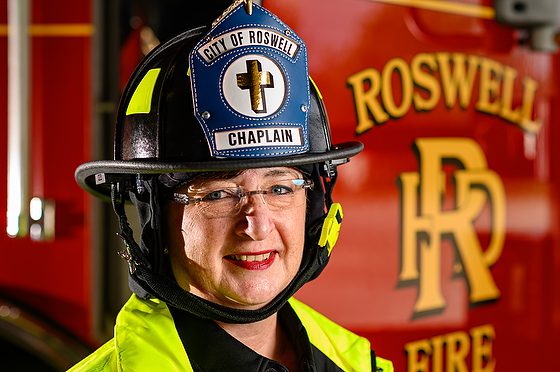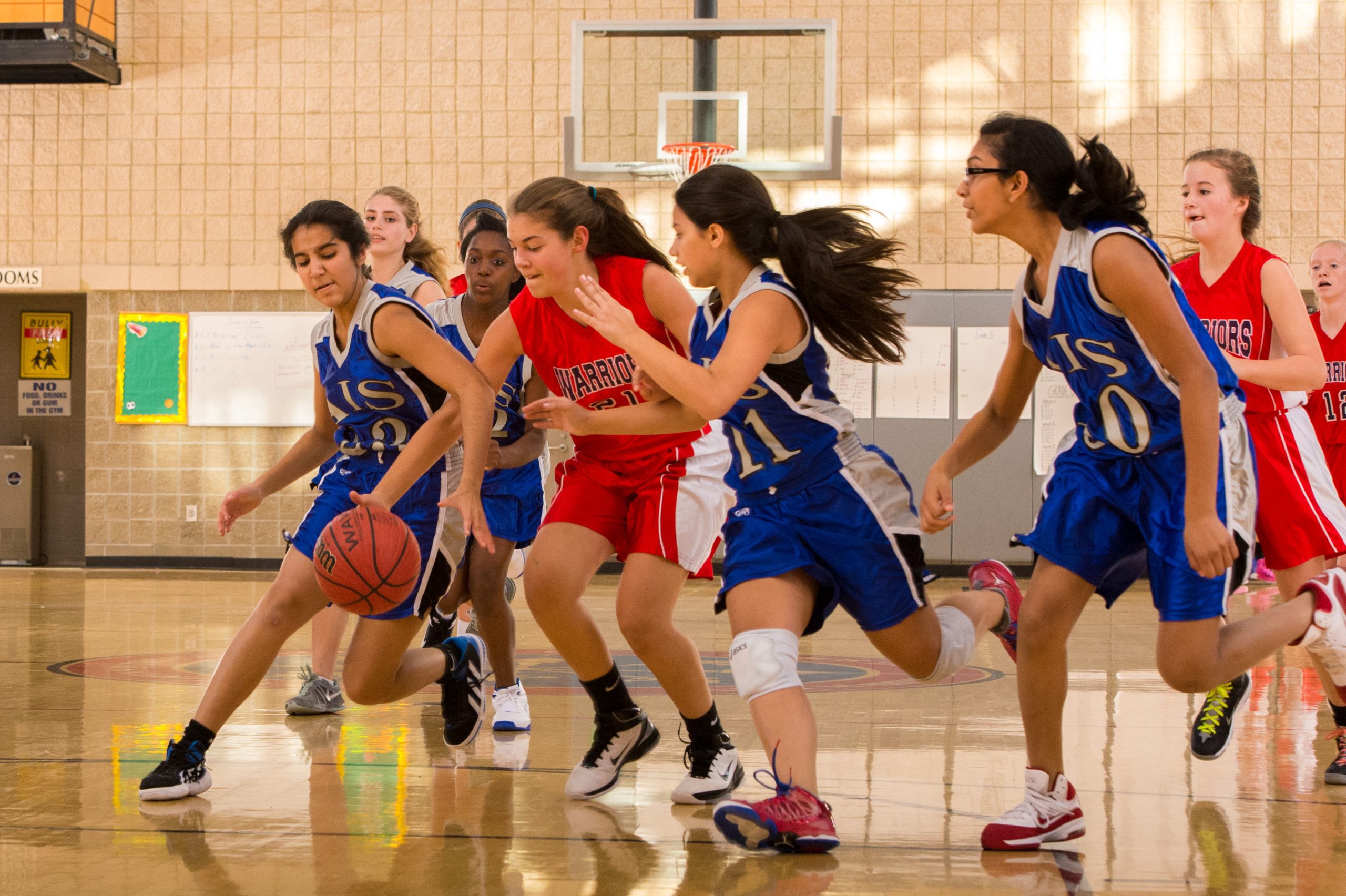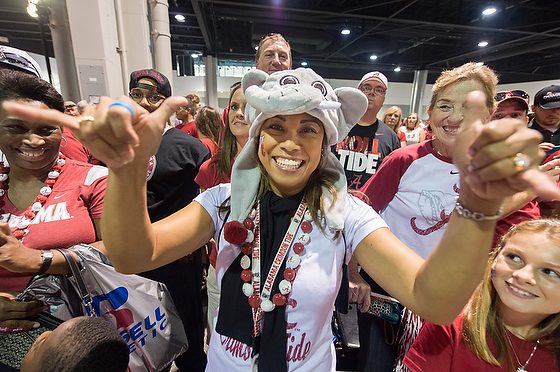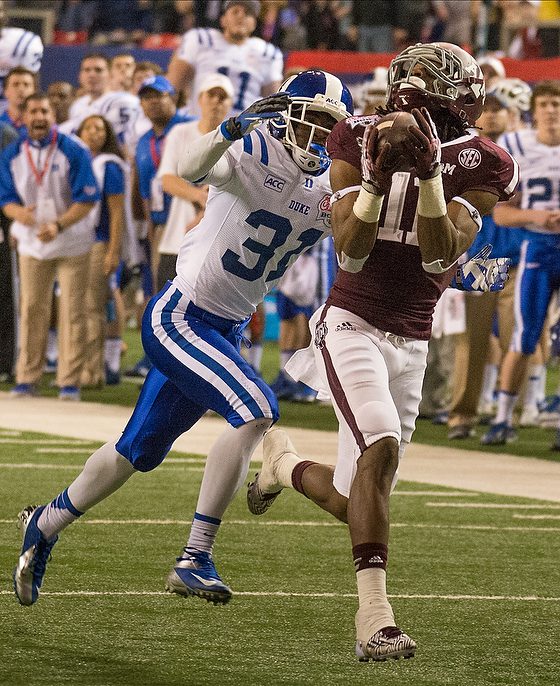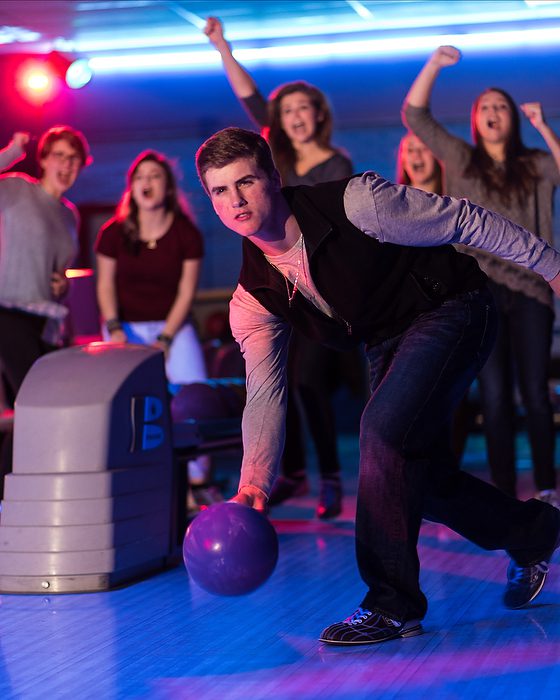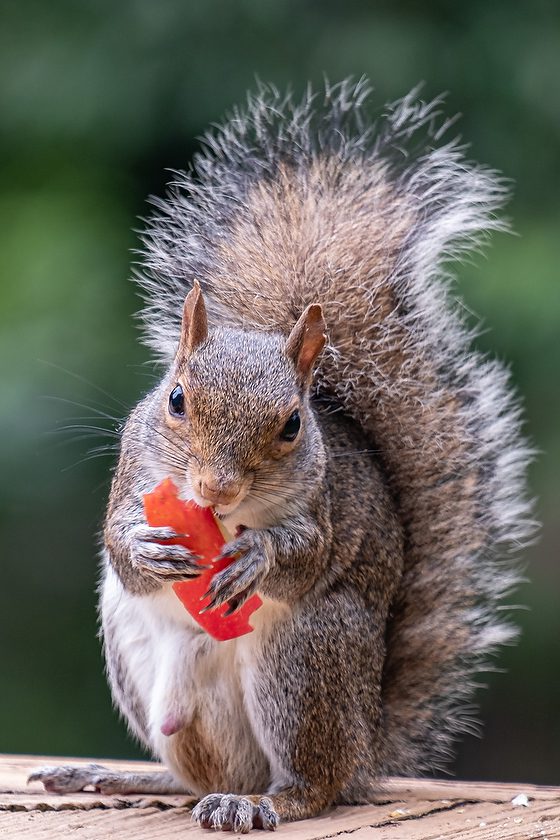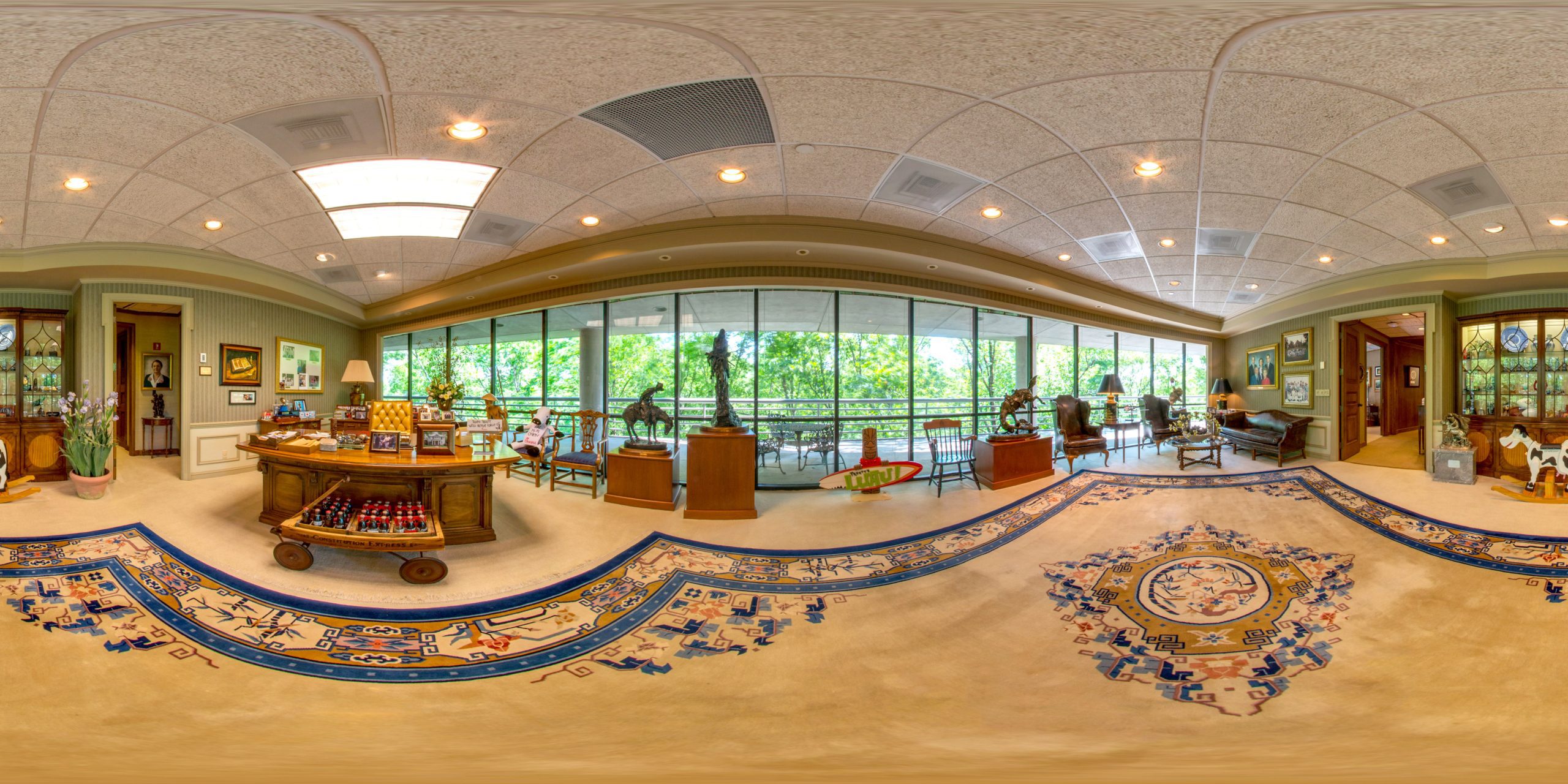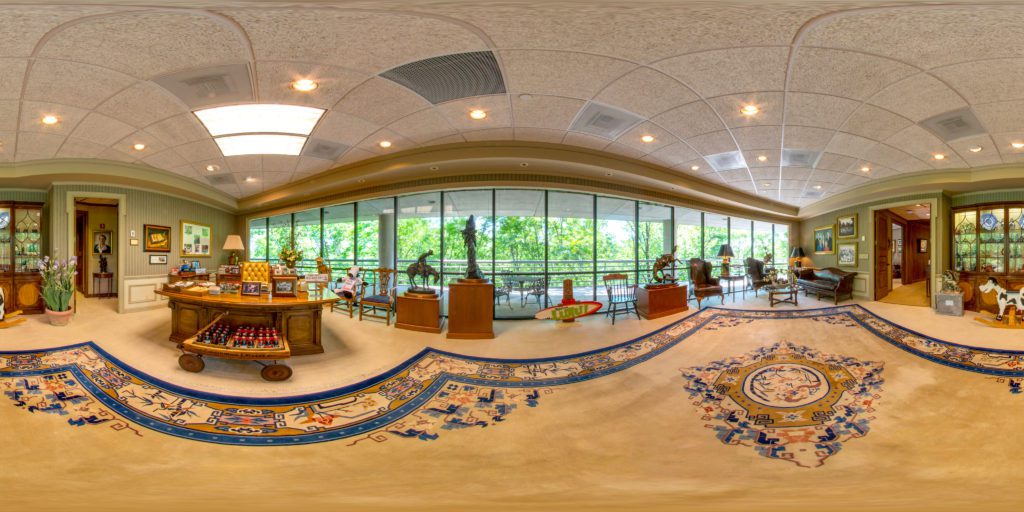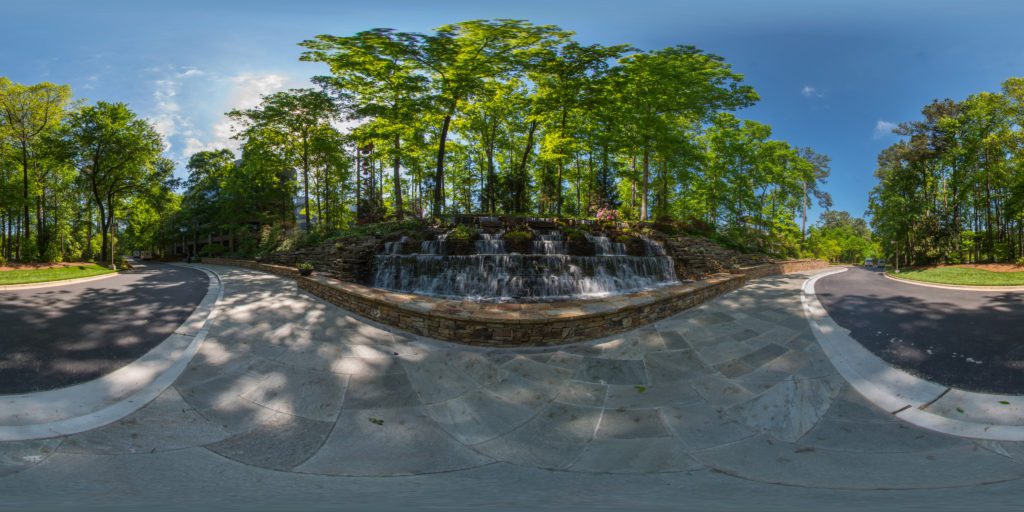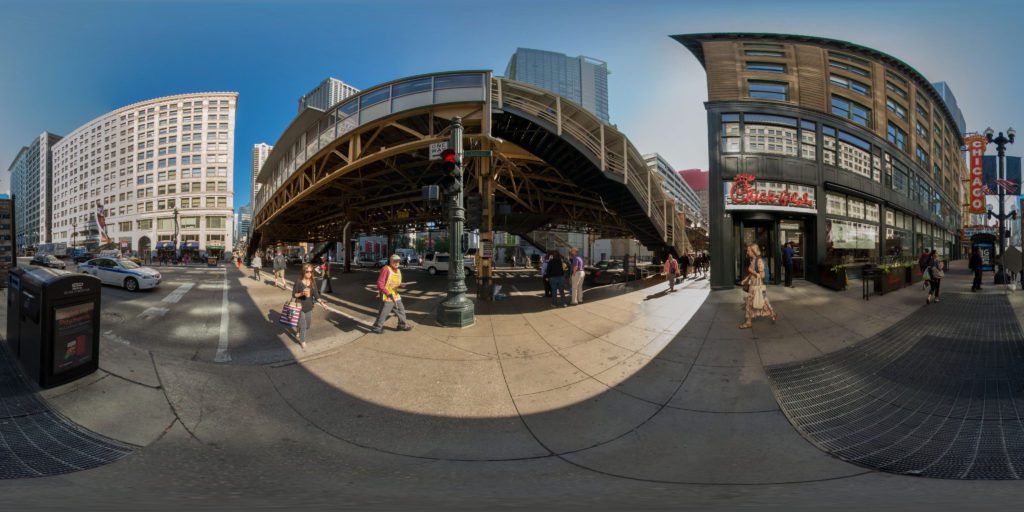Portrait Tip
Do you like taking photos of your family and friends? Here is an easy way to get perfect portraits of them. This is keeping it simple.
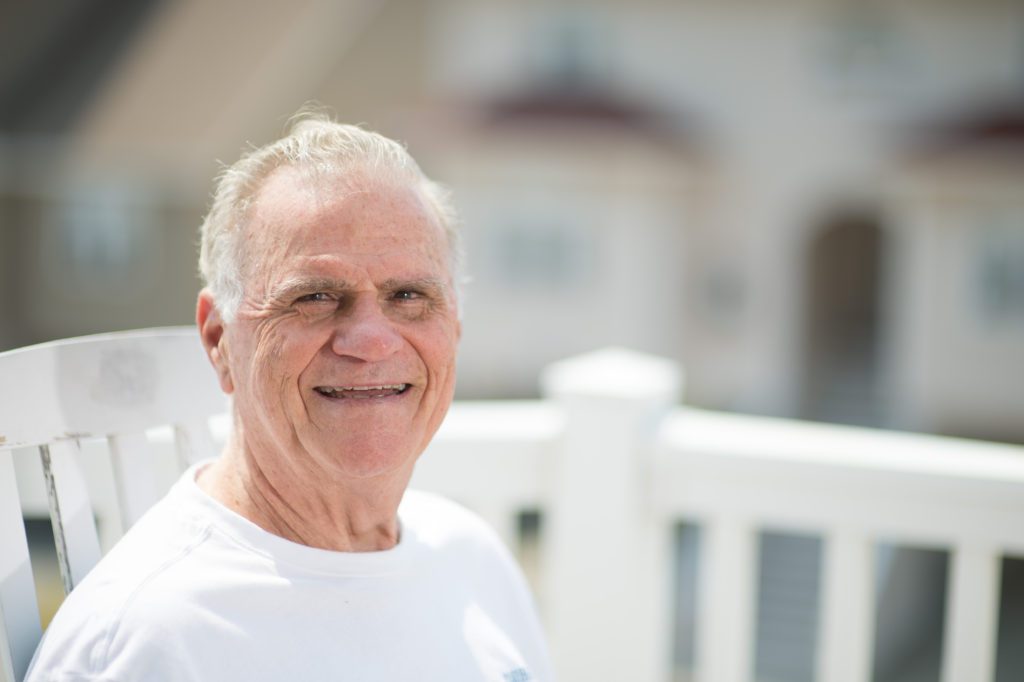
The key to any good photo is the old KISS rule: Keep It Simple Stupid.
For this portrait of my dad, I chose to shoot this outside and use some of the sunny weather we had down at the beach. We hit this outside on the balcony of our cottage. The reason for the location was it was the fewest steps I needed to make to get a good photo.
Start with the sun backlighting the subject.
One of the reasons I always start with the sun on the back of the subject and not where it is lighting their face has to do with expression. I find it almost impossible to get a good word when people are squinting and straining because the sun is directly in their eyes.
The benefit of the backlighting of the subject is you get an excellent rim light around the subject, which will help you separate the subject from the background.
Look for a darker background
I like to find a simple background that does not have blown-out highlights in the background. I usually look for a much darker background than I chose here. My point is to be careful, or your blinking highlights will be in the background and distracting rather than complementary to the subject.
Choose a shallow depth-of-field
I am using my favorite portrait lens for this photo, my Nikkor 85mm ƒ/1.4. It would help if you were sure that the eyes are what you are focusing on and the sharpest point in the photo when shooting with this lens. I still recommend having the eyes the place you concentrate, even if you choose to shoot this at ƒ/22.
In general, the background and surroundings are not that important if you are doing a portrait of a person and not an environmental portrait. Since this is the case for this photo, I threw that background out of focus by shooting at an aperture of ƒ/1.4.
Fill Flash
I love to use an off-camera flash as my fill/main light outside for portraits. Here is a diagram showing you where the sun was and this photograph’s off-camera Nikon SB-900 Speedlight placement.
You can trigger the off-camera flash in many different ways. I often use the Nikon SU-800, which uses infrared to activate the off-camera flash. I chose to use the PocketWizard Mini TT1 on the camera with the AC3, which lets me alter the flash’s power from the camera, not the flash. It saves you a lot of steps back and forth for tweaking those fine adjustments.
The Nikon SB-900 has the PocketWizard FlexTT5 to receive the signal and talk to the camera’s TTL system to give you consistent exposures.
I placed the light 45º to the camera’s right and not quite 45º above the eyes. I am a little lower since my subject has deep-set eyes.
What is the benefit of the flash say over a reflector? If I used the reflector, I would be bouncing the sun into their face and often getting the squint I was trying to avoid.
Second, by using the flash, I get good skin tones because the color temperature will give it that “pop” I like to see.
Third, I like seeing a catch light in the eyes; the flash helps me be sure one is there. I think this helps bring the eyes to life.
Go and try this setup yourself. Adjust it to your conditions and the subject and see what you come up with.
What do you want to read about?
I would love for you to write to me ([email protected]) and let me know what you would like me to cover in a blog or e-newsletter. Maybe if I don’t know, I can find a guest blogger to help me on that subject.
I love to hear from you, so please drop me a note.

